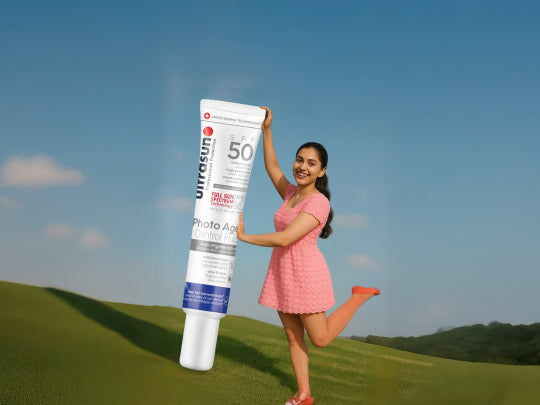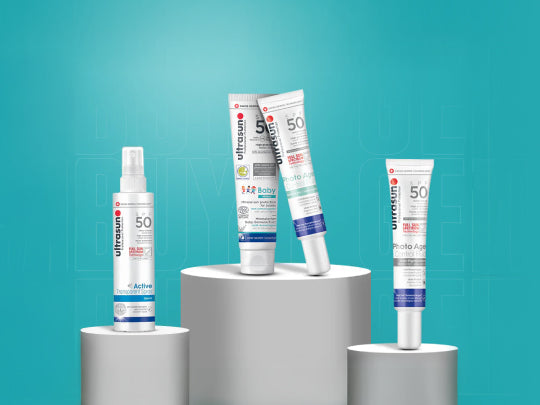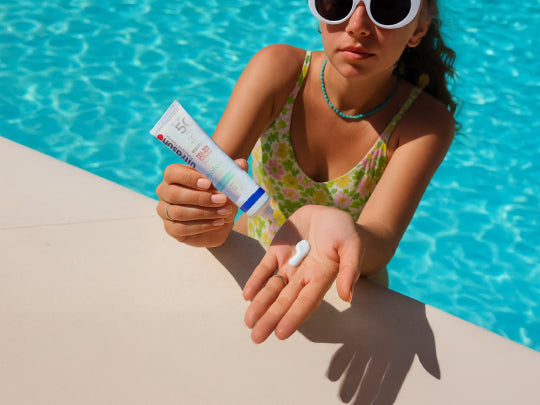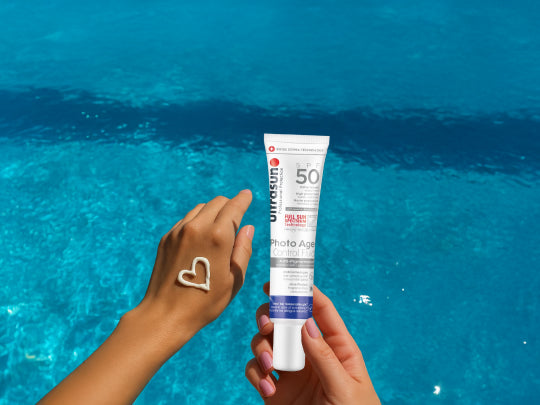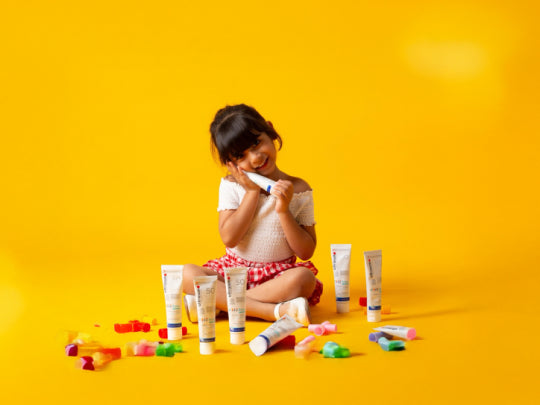1. Understanding the Importance of Sunscreen for Babies
1.1 The Role of Sunscreen
Sunscreen is a vital tool for protecting your baby's skin. It serves to shield against harmful UV radiation, which can cause short-term issues like sunburn, as well as long-term problems such as premature aging and skin cancer.
When choosing Sun protection sunscreen for babies, consider:
SPF is crucial; look for an SPF 50 for infants.
Baby-specific formulations help ensure that the ingredients are gentle on their sensitive skin.
1.2 Guidelines from Health Experts
pediatricians and dermatologists recommend consistent sun protection for babies. These guidelines stress:
Avoiding direct sunlight for infants under six months.
Using sunscreen for babies older than six months, especially for uncovered skin.
2. When to Start Applying Sunscreen
2.1 Age Considerations for Sunscreen Use
When it comes to sunscreen use, age plays a significant role.
For infants under six months, the recommendation is to keep them covered and out of direct sunlight rather than applying sunscreen.
Babies older than six months can safely use baby sunscreen on small areas of their skin that are not covered by clothing.
Always check with your pediatrician for safe practices regarding sunscreen for newborns.
2.2 Choosing the Right Type of Sunscreen
You’ll come across two primary types of sunscreens: physical and chemical.
Physical vs. Chemical Sunscreens
Physical sunscreen sits on the skin and reflects UV rays, often featuring ingredients like zinc oxide or titanium dioxide. It's generally considered safer for babies.
Chemical sunscreen absorbs UV rays and can sometimes irritate sensitive skin, so check labels carefully.
Always read ingredients:
Look for fragrance-free options with fewer chemical irritants.
Ensure a high SPF (SPF 50) suitable for different ages.
2.3 Situational Awareness
Various factors can affect how and when you apply sun protection sunscreen to your baby.
Season: Consider if it’s summer or winter; UV rays are stronger in certain seasons.
Location: Beaches and pools amplify sun exposure, which may require more frequent application.
Time of Day: Plan outdoor activities for early mornings or late afternoons when UV rays are lower.
Indoor vs. Outdoor: Even though you may think indoor play is safe, sunlight can still penetrate windows, so don’t skip sunscreen when spending time near glass.
3. How Often to Apply Sunscreen
3.1 General Application Frequency
To keep your baby protected, applying sunscreen daily is essential—even on cloudy days! Consider:
Reapplying sunscreen every two hours when outdoors, especially during extended activities.
If your baby is sweating or swimming, reapply immediately afterward to maintain protection.
3.2 Signs It’s Time to Reapply
Keep an eye on your baby’s skin. Some signs might indicate it’s time to reapply:
Look for any changes in skin appearance, such as redness.
If they’ve been sweating heavily or have been in water, it’s time for a touch-up.
Keep an eye on activities; high-energy play can mean more frequent applications.
4. Tips for Effective Sunscreen Application
4.1 Application Techniques
Getting the application right can be as important as choosing the right product.
Use a generous amount to cover those delicate areas, including ears, the back of the neck, and tops of the feet.
Sunscreen sticks, sprays, and lotions each have their advantages. Experiment to find what works best for your baby.
4.2 How Much Sunscreen to Use
Use about one ounce (a shot glass full) to cover your baby’s entire body. Common mistakes include:
Skipping areas are often missed, such as the back of the knees and scalp.
Not applying enough product; always aim for a generous coat.
4.3 Additional Protective Measures
Think beyond sunscreen! Use these tips to further protect your little one:
Dress your baby in lightweight, long-sleeve clothing with UV protection.
Utilize hats and sunglasses designed for babies to shield their faces and eyes from the sun.
Seek shade during peak hours—around 10 a.m. to 4 p.m.—when the sun’s rays are strongest.
5. Addressing Common Concerns and Myths
5.1 Misconceptions about Sunscreen and Babies
There are many myths floating around about sunscreen. It’s essential to address these to ensure your baby’s safe sun exposure:
Sunscreen does not cause skin issues; instead, it protects against them.
Higher SPF does not mean you can spend more time in the sun; reapplication is still necessary.
5.2 Potential Side Effects of Sunscreen
Sometimes, babies may experience side effects from sunscreen. Watch for:
Common allergic reactions such as redness, itching, or rash.
To test for sensitivities, apply a small amount to a patch of skin and wait a day.
5.3 Expert Recommendations for Special Needs
If your baby has specific skin needs, such as eczema, or is sensitive to certain ingredients, consider these tips:
Consult your healthcare provider for recommendations on suitable sunscreen options tailored to their skin.
For babies with medical conditions, always keep close communication with your healthcare provider to ensure their safety.
Conclusion
Sunscreen is an essential part of protecting your baby's delicate skin from the harshness of the sun. Understanding when to apply, how often to do so, and the best practices will help ensure a happy and safe outdoor experience for your little one. As vigilant parents, it's up to us to provide thoughtful protection and let our babies enjoy the sunshine safely.
Read More...
What You Need to Know About Sun Protection Sunscreen for Baby?


